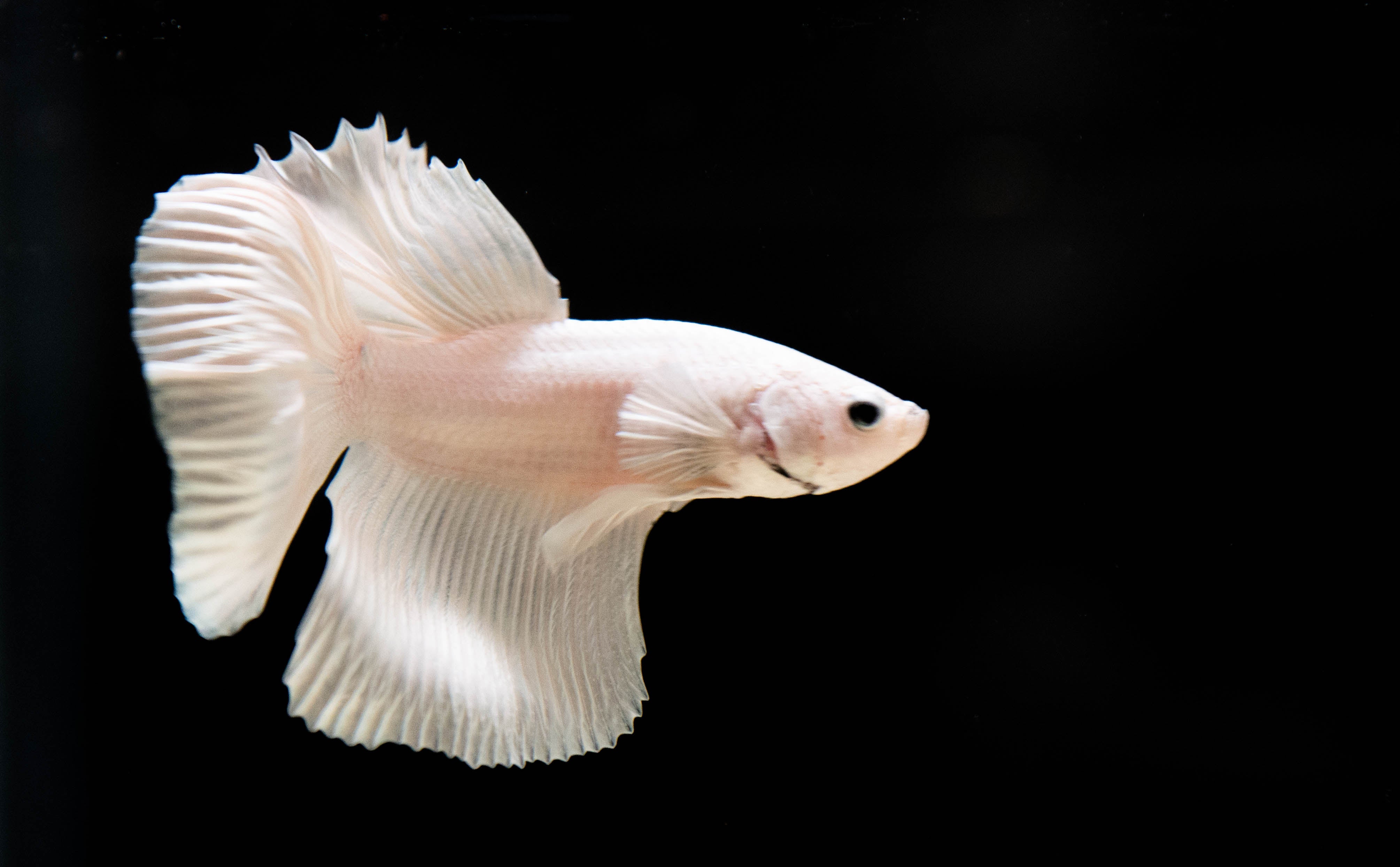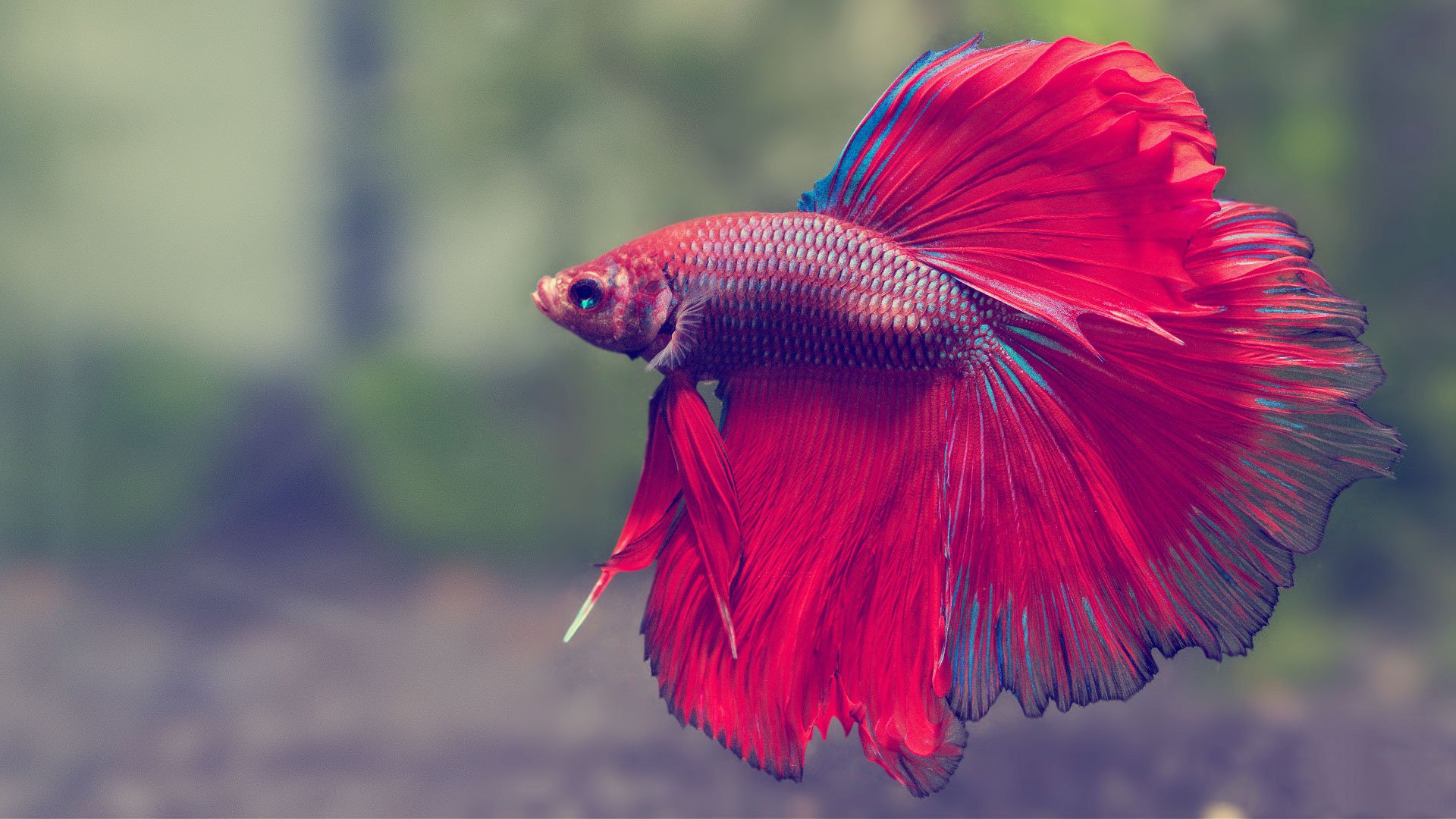Betta Fish Care: Essential Tips for a Healthy and Pleased Family Pet
Betta Fish Care: Essential Tips for a Healthy and Pleased Family Pet
Blog Article
Exactly How to Reproduce Betta Fish Successfully: Specialist Methods and Insights for Hobbyists Looking to Broaden Their Betta Collection
Breeding Betta fish calls for a nuanced understanding of genetics and environmental conditions, making it vital for enthusiasts to come close to the procedure with both persistance and treatment. Creating an optimum breeding environment, selecting the right sets, and observing the complexities of their courtship behaviors are foundational actions that can significantly affect the end result.
Comprehending Betta Fish Genetics
Understanding the genetics of Betta fish is crucial for effective breeding, as it affects qualities such as color, fin form, and behavior. Betta fish display a varied range of colors and patterns, largely figured out by their hereditary make-up.
In enhancement to pigmentation, fin morphology is one more substantial facet of Betta genetics (betta fish). The form and size of fins are affected by different genetics, consisting of those that determine whether the fins are short, long, or veil-shaped. Recognizing these hereditary variants aids dog breeders predict the phenotypic results of their children
Furthermore, behavioral characteristics such as aggression and territoriality can also be affected by genetics. These behaviors play an essential duty in the breeding process, as they can impact generating success and the overall personality of the resulting fry. By thoroughly understanding these hereditary concepts, breeders can make enlightened choices, inevitably boosting their reproduction programs and attaining preferable outcomes.
Preparing the Reproduction Setting
Developing an optimal breeding environment is vital for the successful recreation of Betta fish. The very first step in preparing this environment is to select an appropriate breeding container, preferably varying from 5 to 10 gallons. This dimension allows for sufficient swimming space and the establishment of regions. The container needs to be outfitted with a heating system to keep a secure temperature in between 78 ° F and 80 ° F, which is vital for urging generating habits.
Following, take into consideration the use of a sponge filter or an air stone to give mild water circulation without creating strong currents that can emphasize the fish. It is necessary to install plants or reproducing cones to supply hiding places and promote comfort for the woman throughout the spawning procedure. Drifting plants, such as Java moss or water sprite, can likewise produce a more all-natural environment while helping with bubble nest structure by the man.
Prior to presenting the reproducing pairs, ensure the water is conditioned and devoid of unsafe chemicals, such as chlorine or hefty metals. betta fish. Regular water modifications should be conducted to maintain optimum water high quality, boosting the possibilities of effective breeding. With these prep work in position, the reproducing atmosphere will certainly More Help sustain the wellness and health of both Betta fish
Picking Reproduction Pairs
Selecting the right reproduction pairs is important for achieving effective Betta fish reproduction. Healthy and balanced Betta fish display dynamic shades, clear eyes, and energetic habits.
Temperament is an additional vital consideration, as Betta fish are known for their hostile nature. It is a good idea to choose a male and woman that show suitable temperaments to decrease stress throughout the reproducing process. A tranquil male can motivate a smoother courtship, while a lady that is also aggressive may disrupt the procedure.
Genetic history additionally plays a significant duty in the top quality of the children. Reproducing fish that are like this genetically diverse can decrease the threat of genetic health issues and improve the general vigor of the fry. It is advantageous to investigate the lineage of both the man and woman, concentrating on preferable qualities such as fin kind, color scheme, and dimension.
The Reproduction Process
The breeding procedure of Betta fish requires careful planning and focus to detail to guarantee an effective outcome. Initially, it is crucial to prepare an ideal breeding storage tank, preferably a 5-10 gallon fish tank with a temperature preserved at 78-80 ° F. The container ought to be geared up with a heating system, filter (preferably sponge type to avoid strong currents), and plenty of water plants for the lady to conceal.
Once the atmosphere is established, present the picked reproducing pair to the container, allowing them to accommodate. Observe their habits; the male will certainly display sophisticated courtship routines, including flaring his fins and constructing a bubble nest. If the lady reveals passion, she will present vertical stripes showing readiness for spawning.
When the female is receptive, the pair will engage in a mating welcome, during which the male feeds the eggs. Maintaining optimal water problems throughout this period is essential for the growth of healthy Betta fry.
Caring for Betta Fry

Feeding Betta fry is vital, as they call for a diet high in healthy protein. They can be fed infusoria or fluid fry food, transitioning to carefully smashed top notch pellets as they grow. Feed little portions multiple like this times a day to encourage healthy and balanced development without overloading the tank with uneaten food.

As they develop, check their growth carefully and divide any kind of aggressive people to protect against harm. By providing a supporting atmosphere and proper nourishment, enthusiasts can effectively increase Betta fry into vibrant, healthy fish, inevitably enhancing their reproduction ventures.
Conclusion
Effective Betta fish breeding needs careful focus to hereditary selection, environmental conditions, and take care of the fry. By recognizing the genetics of Betta fish and preparing an appropriate breeding setting, enthusiasts can improve the chances of producing vivid, healthy and balanced children. Selecting compatible reproduction pairs and very closely monitoring the courtship and spawning procedures are important. Giving ideal treatment for the fry ensures their healthy and balanced advancement, contributing to a flourishing Betta collection.
Report this page